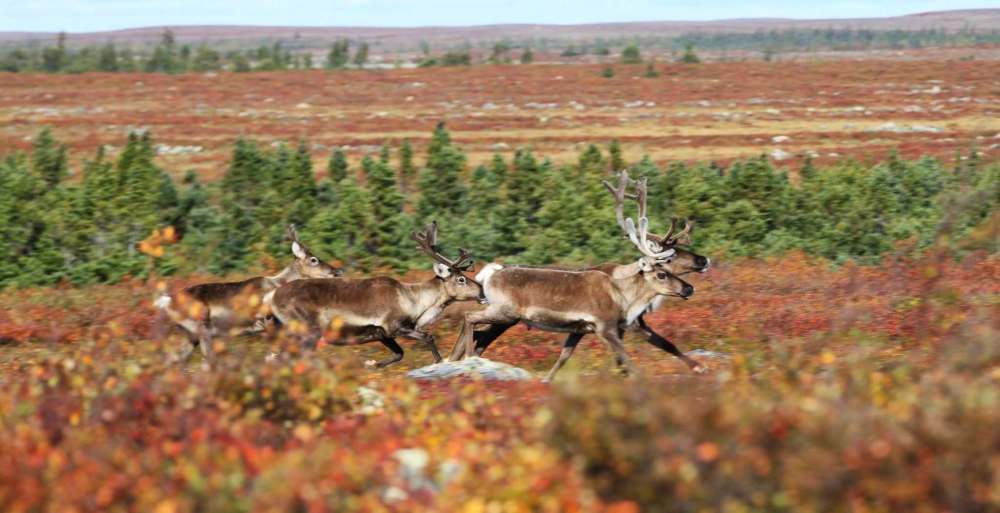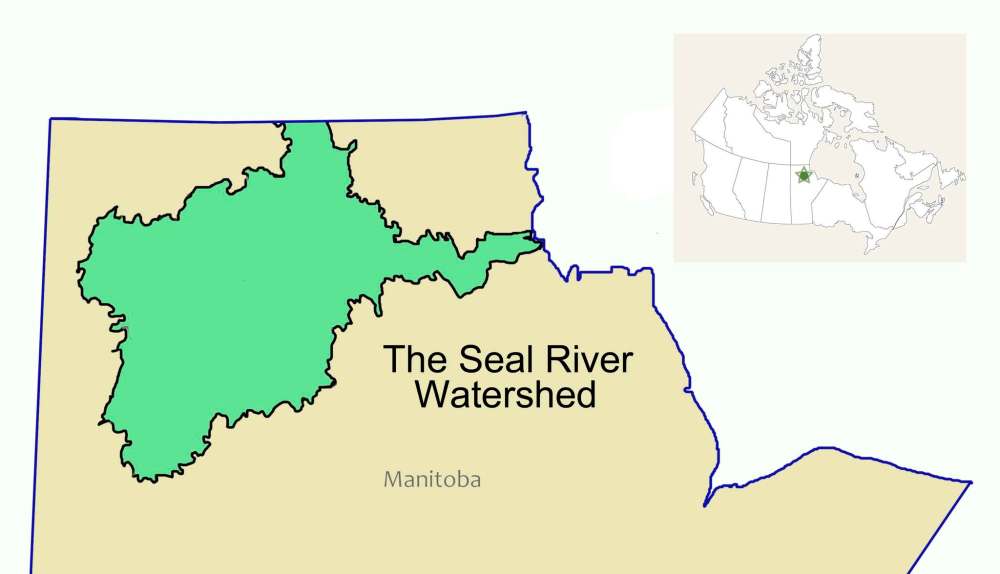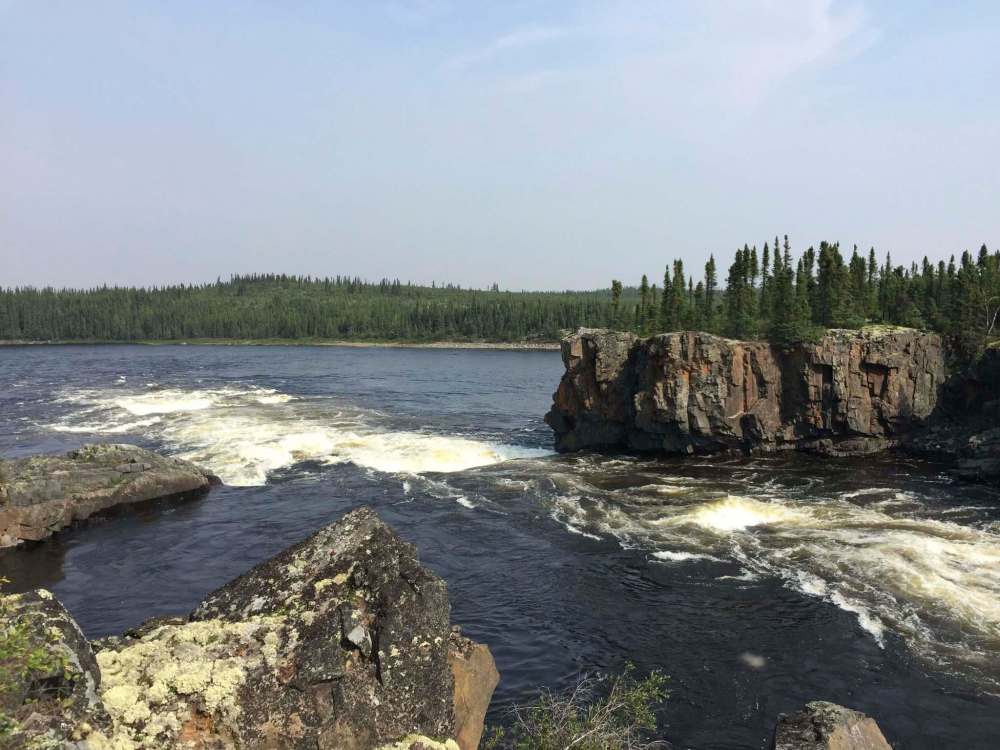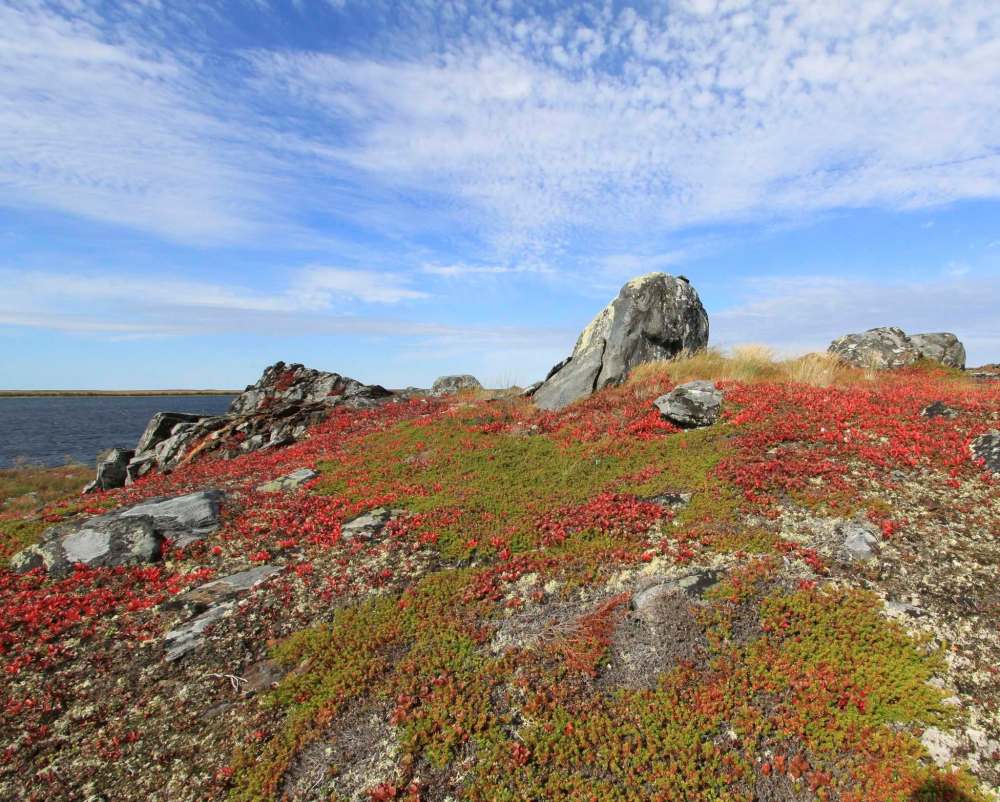Federal program to aid First Nations effort protecting massive, unspoiled swath of northern Manitoba
Advertisement
Read this article for free:
or
Already have an account? Log in here »
To continue reading, please subscribe:
Monthly Digital Subscription
$1 per week for 24 weeks*
- Enjoy unlimited reading on winnipegfreepress.com
- Read the E-Edition, our digital replica newspaper
- Access News Break, our award-winning app
- Play interactive puzzles
*Billed as $4.00 plus GST every four weeks. After 24 weeks, price increases to the regular rate of $19.00 plus GST every four weeks. Offer available to new and qualified returning subscribers only. Cancel any time.
Monthly Digital Subscription
$4.75/week*
- Enjoy unlimited reading on winnipegfreepress.com
- Read the E-Edition, our digital replica newspaper
- Access News Break, our award-winning app
- Play interactive puzzles
*Billed as $19 plus GST every four weeks. Cancel any time.
To continue reading, please subscribe:
Add Free Press access to your Brandon Sun subscription for only an additional
$1 for the first 4 weeks*
*Your next subscription payment will increase by $1.00 and you will be charged $16.99 plus GST for four weeks. After four weeks, your payment will increase to $23.99 plus GST every four weeks.
Read unlimited articles for free today:
or
Already have an account? Log in here »
Hey there, time traveller!
This article was published 21/08/2019 (2253 days ago), so information in it may no longer be current.
A pristine northern Manitoba expanse of tundra, wetlands and forests as large as Nova Scotia will be protected under a new federal program supporting Indigenous-led conservation.
The 50,000-square-kilometre Seal River watershed, stretching from Lynn Lake to Hudson Bay, is home to several at-risk species, from polar bears and beluga whales to lake sturgeon and vulnerable herds of caribou. The designated Canadian Heritage River, the only large river in northern Manitoba that hasn’t been dammed, has been called the “last truly wild river in Manitoba.”
“It’s such a utopia,” said former Tadoule Lake chief and project facilitator Ernie Bussidor, who’s lived in the area his whole life and has canoed all forks of the Seal River. “It’s a beautiful river. You can actually reach out and touch the animals.”

Three years ago, Bussidor was appalled by a huge tourist caribou hunt both near the Nunavut border and near Tadoule Lake.
“I screamed and I yelled, as loud as I could to as many people as I could, to stop this from happening, as a chief. I was helpless,” he said. “I knew there had to be a way to protect the caribou. That’s how the whole idea was born.”
Eventually, he connected with the Canadian Parks and Wilderness Society’s Manitoba chapter, and he learned about a push to create more Indigenous Protected and Conserved Areas — where Indigenous communities lead protection efforts.
Last year, the federal government committed to protecting 17 per cent of Canada. The Seal River watershed is one of 67 projects supported by the $175 million federal Canada Nature Fund.
A three-year grant from the federal government will help map out what protections and tourism opportunities are the right fit.

Bussidor said given the Sayisi Dene struggles with colonization, it’s especially important that any actions taken are community-led. The band was forcibly relocated to Churchill in 1956, leading to fatalities and cultural erosion; members established Tadoule Lake in 1973 to get back to a traditional way of life.
Tadoule Lake and Lac Brochet have been working to get other nearby communities such as O-Pipon-Na-Piwin Cree Nation (South Indian Lake) and Barren Lands First Nation involved, as well as Arviat in Nunavut, to build ties and establish the protected area.
“It’s a huge undertaking, but I think with four or five communities, it’s possible,” Bussidor said. “This is what we do anyway. This is how we live. To keep it pristine, beautiful.”
A spokesperson for Environment and Climate Change Canada said a dollar figure will be announced in the fall once community consultations are complete.
tvanderhart@freepress.mb.ca

Twitter: @tessavanderhart



